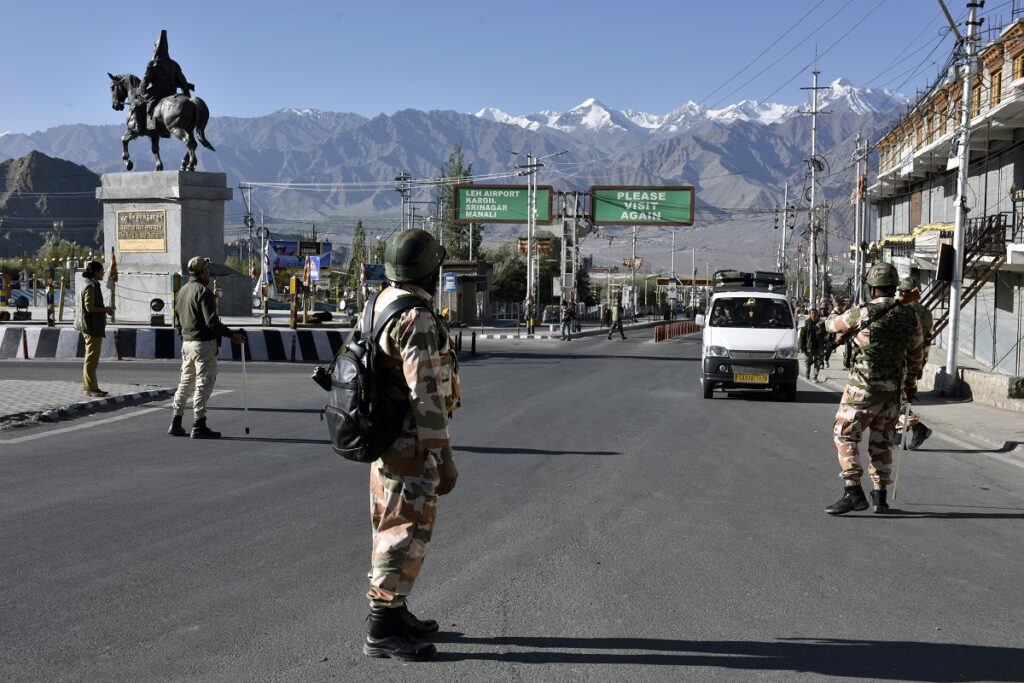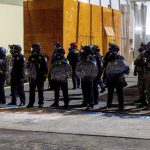Leh, Ladakh – The fragile calm of Ladakh’s scenic landscapes has been shattered. What was once a land of peace and postcard-perfect views is now a region gripped by fear, frustration, and financial despair. In the wake of last week’s violent clashes, the heart of Ladakh — Leh town — has come to a complete standstill.
For six straight days, Leh has been under strict curfew following the September 24 unrest sparked during a bandh (shutdown) called by a constituent of the Leh Apex Body—a group pushing for Ladakh’s statehood and inclusion under the Sixth Schedule. The violence left four people dead and more than 150 injured, triggering indefinite curfew measures and complete suspension of mobile internet services.
For the local tourism industry, already on life support after the April 22 terror attack in Pahalgam (Jammu and Kashmir) and subsequent fear-induced cancellations, this recent shutdown feels like a final blow. Bookings are vanishing. Streets are empty. Hotels are struggling to provide even the basics.
“The cancellation of advance bookings has become our daily reality,” said Naseeb Singh, a hotel manager in Leh. “We have no merchandise, no tourists, and no way to run our business. We’re watching the season slip through our fingers.”
Singh, who has dedicated a decade of his life to hospitality in Leh, said he has never seen the city like this. And it’s not just hoteliers—transporters, guides, shopkeepers, and daily-wage earners are equally devastated.
“We barely started to recover from the impact of the Pahalgam attack. And now this,” said Rigzin Dorjey, a local transporter. “This is not just a curfew—it’s a pause button on thousands of livelihoods.”
Operation Sindoor, launched on May 7 to target terrorist infrastructure in Pakistan in response to the Pahalgam incident, had initially brought hope for recovery. But the events of last Wednesday have pulled Ladakh’s tourism right back into the shadows.
And then there are the tourists—confined, confused, and cut off.
“I landed here excited to explore Ladakh. But I couldn’t even get food or exchange currency,” said Sheena, a visitor from Taiwan. “Everything is closed. I wanted to see Pangong Lake, but I couldn’t even get a permit.”
“I came here for the mountains and monasteries. Now, I’m just stuck in a room with no signal, no access to anything,” added Shruti, another traveller.
Police, meanwhile, maintain that the curfew is essential to restore order and prevent further violence. Yet, on the ground, there’s a growing sense of despair, not just for lost holidays—but lost incomes, lost peace, and lost hope.
“Each day of uncertainty means a day without income for us,” shared a local hotelier, visibly emotional, choosing to remain unnamed.
Leh doesn’t just need tourists. It needs peace.
Right now, thousands of families—families that have welcomed travellers with open arms for decades—are silently praying for normalcy to return. For flights to land with happy faces. For streets to echo again with laughter. For the Himalayas to once again reflect not conflict, but calm.
Until then, Leh waits.
With its mountains watching.
And its people hoping.








